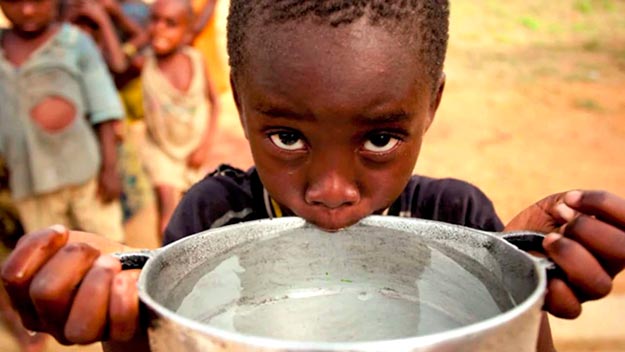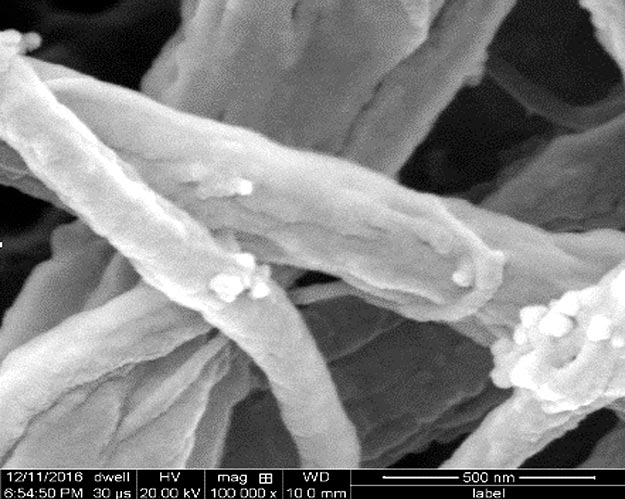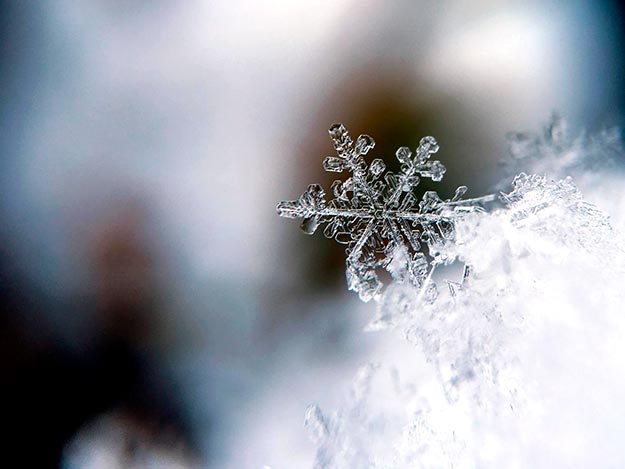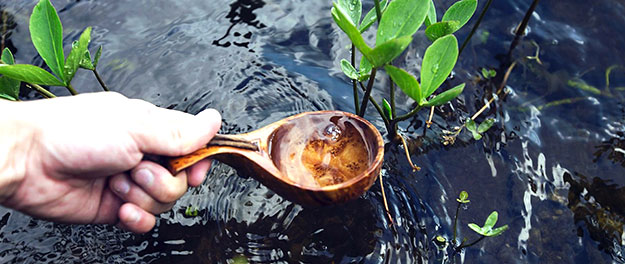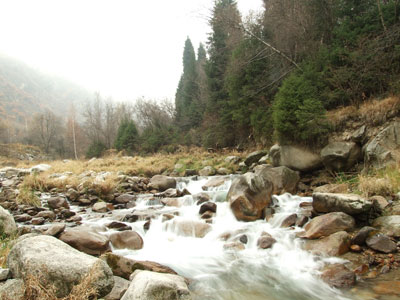“Don’t drink the water” might be good enough advice to keep you from getting sick in some places, but according to researchers from Arizona State and Drexel University, the admonition should probably be expanded to “…try not to breathe the water either.” In research recently published in the journal Environmental Science & Technology, the group takes a closer look at how the spray from showers, sinks and toilets can expose us to the bacteria responsible for the most waterborne disease outbreaks in the country.
“Most people in the United States think we have a handle on our water quality problems and drinking water isn’t something we need to worry about anymore. If anything, the recent water crisis in Flint, Michigan, and frequent Legionnaires’ disease outbreaks across the nation have demonstrated that’s not the case,” said Kerry Hamilton, PhD, an assistant professor in the Ira A. Fulton Schools of Engineering at Arizona State University and former doctoral researcher at Drexel, who led the investigation into how the Legionella pneumophila bacteria can grow and spread in indoor water supplies. Read more

